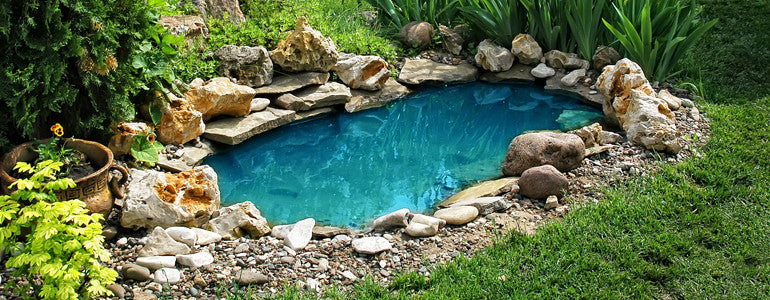
May 31 , 2023
How to Care for Palm Trees: A Comprehensive Guide
Palm trees are iconic and versatile additions to both indoor and outdoor spaces. While they are generally low maintenance once established, proper care is essential, especially for newly planted palm trees. In this article, we will discuss the key aspects of palm tree care, including planting, outdoor maintenance, indoor care, and pruning techniques.
Planting Palm Trees:
- Prior to planting, ensure your potted palm tree is well-watered.
- Dig a hole twice as wide as the root ball and as deep as the root ball is tall.
- Place the palm tree in the hole, ensuring it is straight and the top of the root ball is slightly above the soil line.
- Backfill the hole with the original soil or a mixture of native soil and planting mix.
- Thoroughly water the newly planted palm tree.
- Apply 1 to 2 inches of mulch around the tree, extending it a few inches beyond the canopy.
- Water the tree once daily for the first week to aid establishment.
Outdoor Care for Palm Trees:
- Palm trees thrive in full sun but can tolerate some shade.
- Water newly planted trees deeply twice a week until they are established (2 to 3 months).
- Once established, palm trees are drought-tolerant and rarely require watering.
- Apply a slow-release fertilizer in early spring, and if the soil is lacking, feed the tree again in early fall.
- Protect palm trunks during harsh winters by wrapping them with burlap or frost cloth.
- Prior to severe freezing temperatures, deep watering and adding a thick layer of mulch help protect the roots.
Indoor Care for Palm Trees:
- Use a high-quality planting mix and select a pot slightly larger than the current one.
- Ensure the pot has good drainage.
- Water the potted palm tree when the soil begins to dry out, adjusting the frequency based on the palm species and its moisture preferences.
- Increase humidity for indoor palm trees by misting the foliage or placing the pot on a tray with water and pebbles.
- During winter, when indoor environments are dry due to heating, pay extra attention to maintaining humidity and avoid letting the roots sit in water.
Pruning Palm Trees:
- Palm trees generally do not require pruning.
- However, you can trim damaged foliage for aesthetic purposes or to stimulate new growth.
- Trim fronds back to where the stalk meets the trunk using scissors or pruning shears for smaller trees and loppers or a pole saw for larger palms.
- Natural foliage that dies back does not necessarily need to be trimmed, but it can be done without harming the tree.
- For indoor palm trees, use scissors to trim damaged foliage for a clean and tidy appearance.
Caring for palm trees involves proper planting techniques, maintenance practices, and understanding the specific needs of each palm species. By providing adequate water, nutrients, light, and protection, palm trees can thrive both indoors and outdoors, adding a touch of tropical beauty to any environment. With minimal pruning and regular care, palm trees will continue to grace our landscapes, creating a serene and vibrant atmosphere.

